Chapter 1 of Genesis - A Scientific Analysis (PART 2)
This post is continued from Chapter 1 of Genesis - A Scientific Analysis (PART 1)
Mercury, Venus, Earth, and Mars
In Roman mythology, Venus is the goddess of love. Mars, on the other hand, is the god of war. In Chinese philosophy with respect to the yin and yang, the feminine spirit is considered passive whereas the masculine spirit is considered active. This is the first indication to look to these planets with the planetary supernova of Mercury in mind. It stands to reason that such an event could cause Venus to become the new Earth while our planet would become the new Mars. Earth presently is ruled by an active, warlike spirit of society. A planet inhabited after Judgment Day would be ruled by a passive, loving spirit of society.
Venus Becoming the New Earth
Venus is one of four so-called terrestrial planets in the solar system, meaning that, like Earth, it is a rocky body. In size and mass, it is similar to Earth, and is often described as Earth's "sister" or "twin" [6]. Notably, the atmosphere is about ninety times as thick as Earth's. Venus has a radius of 6052 kilmeters while Earth's radius is 6378 kilometers. Venus and Earth densities are 5250 kg/m3 and 5520 kg/m3, respectively. Surface gravities are 8.9 m/s2 and 9.8 m/s2, respectively. Thus, Venus is quite similar in make-up to Earth, while we note that it is slightly smaller than Earth currently is.
Venus rotates counter-clockwise extremely slowly, taking 243 Earth days for one day on Venus. This causes Venus to not have a detectable electromagnetic field because the infinitesimal particles that make the electromagnetic field are not bent back due to gravity when there is not a gravitational variation that causes the particles to bend from a straight path away when they pass through the center of the body. Rotation is critical for producing an electromagnetic field because infinitesimal particles that are pulled through the center of gravity are more easily pulled into Figure-8 orbitals when there is a gravitational imbalance due to rotation.
Additionally limiting the electromagnetic field, due to its very slow rotation speed, it is the most spherical planet and does not bulge at the equator, having nearly identical diameter from pole-to-pole as it has at the equator. This causes gravitational forces behind a particle that passes through the body to be balanced behind it so that it continues to travel in a straight line away.
For more information on how gravity causes electromagnetism, see The Simple Reality, pdf. You can also read my other posts on Steemit or visit my website, CascadingUniverse.Org.
The surface of Venus is extremely young, having evenly distributed surface craters with similar erosion. This indicates that there was a resurfacing of the planet in a singular event [7].
There are 167 volcanoes larger than 100 kilometers in diameter on Venus [8]. It is speculated that the entire planet is a supervolcano, the whole surface being simultaneously resurfaced. Herein we find clues to indicate how the planet is as it is: it was the previous Mercury and has undergone a planetary supernova. This led to its thick atmosphere and resurfacing. Venus has many unique surface features, such as flat-topped volcanic features called "farra", which are alike to pancakes ranging from 20 to 50 kilometers in diameter; radial star-like fracture systems called "novae", features with both radial and concentric fractures alike to spider webs, known "arachnoids"; and "coronae", circular rings of fractures sometimes surrounded by a depression; all of which are volcanic in origin [8].
Little direct information is known about the internal structure of Venus. However, the similarity in size and density between Venus and Earth suggests they share a similar internal structure: a core, mantle, and crust. Like that of the Earth, the Venusian core is at least partially liquid because the two planets have been cooling at about the same rate [9].
The Transition of Venus to become the new Earth
There are discrepancies between the planets as discussed above. Firstly, the atmosphere is much thicker. However, what this provides for is a protective layer for the planet. If Mercury were to supernova, it would not bombard Venus' surface with powerful radiation, instead it would strip the atmosphere away and this would be capable of bringing about an Earth-like atmosphere. The planet would be physically pushed by this "tsunami"-like wave from the planetary supernova, and it stands to reason that this, coupled with its new positioning in the sun's magnetic field, would be capable of producing a rotation on Venus such that its days become one Earth day.
Venus is smaller and more spherical than Earth. However, this is due to its lack of rotation. If it began to rotate from this process, it would then begin to cause gravitational pull on the infinitesimal particles flowing away from it that bends the particles so that they come back to the center of gravity. This would effectively produce an electromagnetic field on the planet of the order of magnitude of Earth's. As the electromagnetic field is a flow of infinitesimal, the flow of this mass into the center of the planet would increase. Additionally, the planet itself would experience stress due to the rotation that would cause it to bulge at the equator and crack due to this. The pressure inside the planet would increase because there would be an increase in nuclear fusion within the planet due to the new electromagnetic field. This occurs due to the flow of infinitesimal particles that meet at the center of gravity.
This would then lead to production of atoms and molecules such as water, which at some point would break free from the pressured build-up in the planet and lead to a Great Flood, alike to in the times of Noah. This is how the oceans are then formed, as the Earth itself began to physically expand due to a new electromagnetic field when its rotation began which caused production of mass within the planet. This mechanism of the planet being a physically smaller mass and then growing into a larger mass is known as the Expanding Earth Theory, which explains why the continents all fit neatly together into one smaller body of mass that lacked the oceans of today. Over time, the oceans of Venus would then be produced to become as we see them today.
Thus, Venus is transformable into Earth as we know it.
The Transition of Earth into the new Mars
We begin this section by analyzing how Mars is to determine if Earth could become that way by a planetary supernova of Mercury.
Mars is often referred to as the "Red Planet" because of the iron oxide prevalent on its surface, which gives it a reddish appearance [10]. Mars is a terrestrial planet having a thin atmosphere, surface features such as impact craters alike to the Moon and volcanoes, valleys, deserts, and polar ice caps alike to Earth. The Borealis basin in the northern hemisphere covers 40% of the planet and may be a giant impact feature [11, 12].
As shown here, topographic maps show much lower elevations in the northern hemisphere than the southern hemisphere, and can be depressed by several kilometers. Geological evidence gathered by unmanned missions suggest that Mars once had large-scale water coverage on its surface at some earlier stage in its life [13]. In fact, evidence indicates that Mars at one point had oceans [14].
Mars has approximately half the diameter of Earth. Due to a loss of the magnetosphere, solar wind interacts directly with the atmosphere and strips away atoms from the outer layer. Both Mars Global Surveyor and Mars Express have detected ionized atmospheric particles trailing off into space behind Mars [15].
The Martian topography dichotomy is extremely distinct, having flattened northern plains in contrast to southern highlands that are pitted and cratered by impacts. It has been postulated that the planet was struck in the northern hemisphere by an object one-tenth to two-thirds the size of the Moon [11, 12]. Some crater morphology suggest the ground became wet upon meteor impacts, indicating that water was present [16], [17].
Olympus Mons is an extinct shield volcano on Mars, one of the two tallest mountains in the solar system at a height of 21 to 27 kilometers.
Valles Marineris is a system of canyons that is more than 4,000 kilometers long, 200 kilometers wide and up to 7 kilometers deep. This canyon was not carved by water, with an unknown cause.
Mars has a similar tilt to the rotational axis of Earth, at 25.19 degrees relative to its orbital plane, while Earth's is 23.44 degrees. The length of a day on Mars is 24 hours and 40 minutes and the atmosphere is less than 1% as thick as Earth's [18].
With these observations in mind, we can analyze the likely outcome of a planetary supernova of Mercury and its effects on our Earth. Due to the high iron content of Mercury, it would be expected to cause the surface of Earth to become largely iron oxide, as we observe on Mars. The atmosphere, which is much thinner than Venus', would not protect the planet but rather would be stripped away and the heat of the event would vaporize lighter materials, thereby largely removing the water of Earth.
Dependent on the relative position of the moon at the time of the event, a portion of what is left of the atmosphere-lacking moon would be capable of contacting Earth and bringing about a northern hemisphere alike to Mars, while the southern hemisphere is bombarded with other smaller debris causing a cratered dichotomy. Alternatively, large debris from the supernova could create such an observation.
Additionally, moons alike to Phobos and Deimos, whose origins are unknown, could result from the aftermath of such an event.
Any debris falling into the oceans would cause tidal waves resulting in crater morphology as observed on Mars. The loss of the magnetosphere would cause Earth to begin to shrink to a physically smaller mass as the solar winds then strip away material, thereby becoming observable as having a size alike to Mars. Supervolcanoes such as Yellowstone would be expected to erupt and become extinct afterwards due to the influx of energy, resulting in observations such as Olympus Mons.
Large debris would be capable of producing a glancing blow that could carve out a crater such as Valles Marineris. The rotational axis and length of the day would be capable of remaining largely the same due to the electromagnetic field of Earth. It is noted that Mars itself, the one that we see, would be swept by Mercury's supernova to the asteroid belt where it would be observed as a drawf planet alike to Ceres.
"Therefore I will make the heavens tremble, and the earth will be shaken out of its place, at the wrath of the Lord of hosts in the day of his fierce anger." Isaiah 13:13 (NRSV)
If Mercury were to supernova, it would be capable of shaking the Earth out of its place by physically pushing it out of its present orbit.
Therefore, the observational evidence of the planets is very much in line with the concept that this event repetitively has happened and thereby produced the planets as they are. With this functionality of the solar system considered, only then can we begin to understand the truth hidden in Chapter 1 of the book of Genesis.
Genesis 1:1
"In the beginning, God created the heavens and the earth,"
Genesis Chapter 1 is describing the process of the previous Venus becoming our current Earth. Particularly, it is from the frame of reference of the surface of what was Venus as the transition to the new Earth occurred.
In verse 1, we run into an easily overlooked nuance of the chapter. Specifically, the Hebrew text's literal translation begins, "In beginning," rather than "In the beginning."
Bereishit ("In the beginning [of]") The first word is b'reishit, or bereishit (בְּרֵאשִׁית).
The definite article (i.e., the Hebrew equivalent of "the") is missing, but implied.
[Source]
This is extremely critical. What this means is that, from a scientific standpoint, the text does not necessarily refer to the beginning, but could be referring to a beginning. This is much more reasonable within the confines of our understanding of the universe because it does not necessitate that the Earth formed as the universe began. Instead, it could be referring to the beginning of when Earth became habitable, such as when the previous Venus became the new Earth.
These types of nuances are present throughout the Bible in many forms, especially obvious when the translations do not agree. This, though, is a special case because essentially all translations interpret it to say "In the beginning". However, scientific understanding that this is not an accurate interpretation necessitates closer inspection. This is why it is important for a ground-up approach of starting from a fundamental understanding of how reality functions before attempting to interpret what scripture is saying. The nuances can be so dramatic in their subtle influence that they produce a completely different view of reality.
When the planetary supernova of Venus, which was the previous Mercury, occurred, it produced the heavens as they are and transformed our planet, which was the previous Venus, into Earth.
Genesis 1:2-5
"2the earth was a formless void and darkness covered the face of the deep, while a wind from God swept over the face of the waters. 3Then God said, 'Let there be light'; and there was light. 4And God saw that the light was good; and God separated the light from the darkness. 5God called the light Day, and the darkness he called Night. And there was evening and there was morning, the first day."
Like Venus of today, the Earth was covered in darkness and a formless void due to its extremely thick atmosphere. The planetary supernova of Mercury swept across the atmosphere, which is part of the "waters". This stripped the atmosphere away and brought light to the planet. The degree at which the atmosphere was stripped was such that it produced a highly habitable planet. The planet, which began to rotate, then had evening and morning.
Genesis 1:6-8
"6And God said, 'Let there be a dome in the midst of the waters, and let it separate the waters from the waters.' 7So God made the dome and separated the waters that were under the dome from the waters that were above the dome. And it was so. 8God called the dome Sky. And there was evening and there was morning, the second day."
The sky was produced with this event due to the atmosphere being stripped to a degree where it no longer was perceived as simply darkness due to its thickness.
Genesis 1:9-13
"9And God said, 'Let the waters under the sky be gathered together into one place, and let the dry land appear.' And it was so. 10God called the dry land Earth, and the waters that were gathered together he called Seas. And God saw that it was good. 11Then God said, 'Let the earth put forth vegetation: plants yielding seed, and fruit trees of every kind on earth that bear fruit with the seed in it.' And it was so. 12The earth brought forth vegetation: plants yielding seed of every kind, and trees of every kind bearing fruit with the seed in it. And God saw that it was good. 13And there was evening and there was morning, the third day."
As the Earth was physically smaller, as demonstrated by the Expanding Earth Theory, it did not have oceans. Instead, the water that existed gathered into places that became seas as the temperature of the planet cooled due to the thinning of the atmosphere.
With the planet then having water and a habitable climate, it was then able to grow vegetation. While it is not exactly clear how this occurs exactly, this does not disprove it from having happened. There is much yet to be understood fully, and we are only able to understand what we are meant to understand at any given moment.
Genesis 1:14-19
"14And God said, 'Let there be lights in the dome of the sky to separate the day from the night; and let them be for signs and for seasons and for days and years, 15and let them be lights in the dome of the sky to give light upon the earth.' And it was so. 16God made the two great lights--the greater light to rule the day and the lesser light to rule the night--and the stars. 17God set them in the dome of the sky to give light upon the earth, 18to rule over the day and over the night, and to separate the light from the darkness. And God saw that it was good. 19And there was evening and there was morning, the fourth day."
As the cloud of debris swept past the planet and the event's effects subsided, the stars and other celestial objects became visible. With this came the production of the moon, as a result of the debris, which is why it is theorized to have formed by such mechanisms as the giant-impact hypothesis, simultaneous with the Earth.
Genesis 1:20-23
"20And God said, 'Let the waters bring forth swarms of living creatures, and let birds fly above the earth across the dome of the sky.' 21So God created the great sea monsters and every living creature that moves, of every kind, with which the waters swarm, and every winged bird of every kind. And God saw that it was good. 22God blessed them, saying, 'Be fruitful and multiply and fill the waters in the seas, and let birds multiply on the earth.' 23And there was evening and there was morning, the fifth day."
Animals then populated the planet as they had food to eat as a result of vegetation being able to grow, and a habitable climate as a result of the reduced thickness of the atmosphere.
Genesis 1:24-31
"24And God said, 'Let the earth bring forth living creatures of every kind: cattle and creeping things and wild animals of the earth of every kind.' And it was so. 25God made the wild animals of the earth of every kind, and the cattle of every kind, and everything that creeps upon the ground of every kind. And God saw that it was good."
"26Then God said, 'Let us make humankind in our image, according to our likeness; and let them have dominion over the fish of the sea, and over the birds of the air, and over the cattle, and over all the wild animals of the earh, and over every creeping thing that creeps upon the earth.'"
"27So God created humankind in his image, in the image of God he created them; male and female he created them."
"28God blessed them, and God said to them, 'Be fruitful and multiply, and fill the earth and subdue it; and have dominon over the fish of the sea and over the birds of the air and over every living thing that moves upon the earth.' 29God said, 'See, I have given you every plant yielding seed that is upon the face of all the earth, and every tree with seed in its fruit; you shall have them for food. 30And to every beast of the earth, and to every bird of the air, and to everything that creeps on the earth, everything that has the breath of life, I have given every green plant for food.' And it was so. 31God saw everything that he had made, and indeed, it was very good. And there was evening and there was morning, the sixth day."
More animals and humans then populated the planet as the conditions were met. Just as how we will travel to the new Earth if Judgment Day occurs, so too did the previous cycle go from Mars to our planet. They, then, would have understood from experience--which is demonstrated because we were never forcefully prevented from inevitably making the same mistakes--that it was God's desire to allow new life to freely live and make their own choices. They would have then been keepers of the planet, passively watching over it and allowing the new society to learn anew rather than teaching them of all the chaos and ruin that come from making mistakes. Life is beautiful, and there is no greater gift than free will. Everything happens for a reason.
[1]: Giacobbe, F.W., How a Type II Supernova Explodes, Electronic Journal of Theoretical Physics 2 (6): 30-38 (2005).
[2]: Mercury’s global contraction much greater than earlier estimates, Byrne et al., Nature Geoscience 2014
[3]: Mercury, Murray, B.C., Scientific American, 233:58-68 (1975).
[4]: On the Nature of Core-Collapse Supernova Explosions, Burrows and Hayes, 1995.
[5]: W. –H. Ip, Chinese records on the correlation of heliocentric planetary alignments and earthquake
activities, Icarus, 29 (3): 435-436 (1976).
[6]: Lopes et al., Volcanic worlds: exploring the Solar System's volcanoes. (Springer, 2004) p. 61.
[7]: Nimmo et al., Volcanism and Tectonics on Venus, Annual Review of Earth and Planetary
Sciences 26 (1): 23–53 (1998).
[8]: Frankel, Charles, Volcanoes of the Solar System. (Cambridge University Press, 1996).
[9]: Faure et al., Introduction to planetary science: the geological perspective, Springer eBook collection,
(Springer, 2007) p. 201.
[10]: "The Lure of Hematite", Science@NASA, NASA, (March 28, 2001).
[11]: Yeager, Ashley, "Impact May Have Transformed Mars", ScienceNews.org (July 19, 2008).
[12]: Sample, Ian, "Cataclysmic impact created north-south divide on Mars", (London, Science, 2008).
[13]: "NASA Images Suggest Water Still Flows in Brief Spurts on Mars", NASA/JPL. December 6, 2006.
[14]: Carr, Michael H., "Oceans on Mars: An assessment of the observational evidence and possible fate", Journal of Geophysical Research 108 (5042): 24 (2003).
[15]: Costard, Francois M., "The spatial distribution of volatiles in the Martian hydrolithosphere", Earth, Moon,
and Planets 45 (3): 265–290 (1989).
[16]: Philips, Tony, "The Solar Wind at Mars". Science@NASA (2001).
[17]: Lundin, R et al., "Solar Wind-Induced Atmospheric Erosion at Mars: First Results from ASPERA-3 on Mars Express", Science 305 (5692): 1933–1936 (2004).
[18]: Williams, David R., "Mars Fact Sheet", National Space Science Data Center, NASA (Sepember 1, 2004).
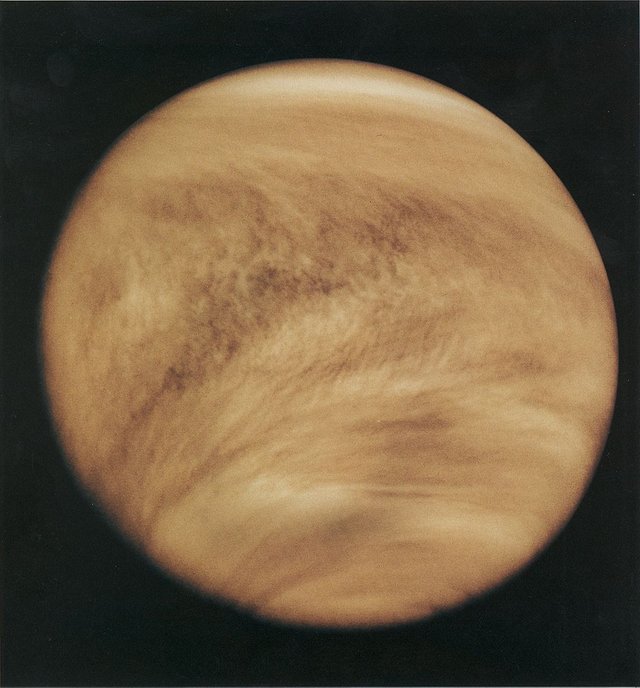
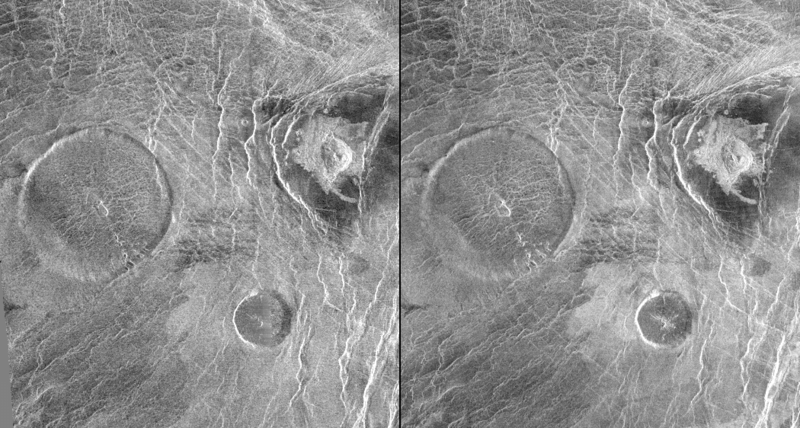
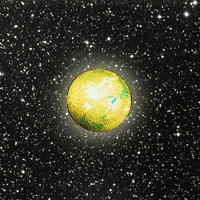
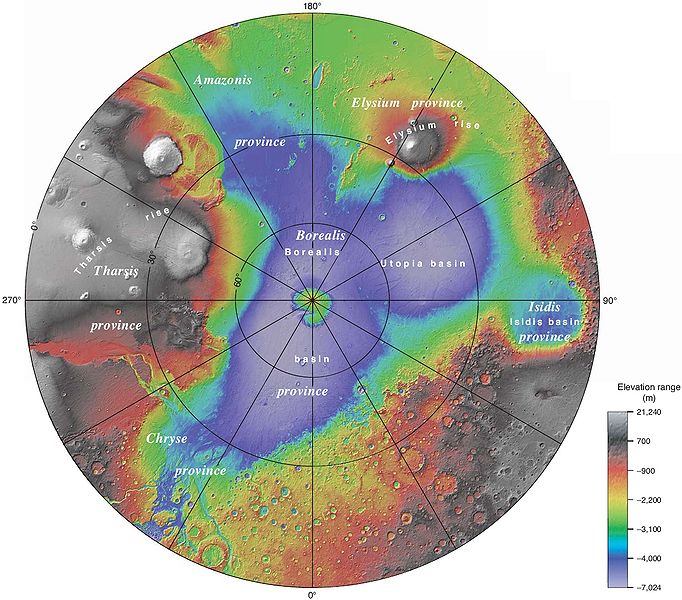
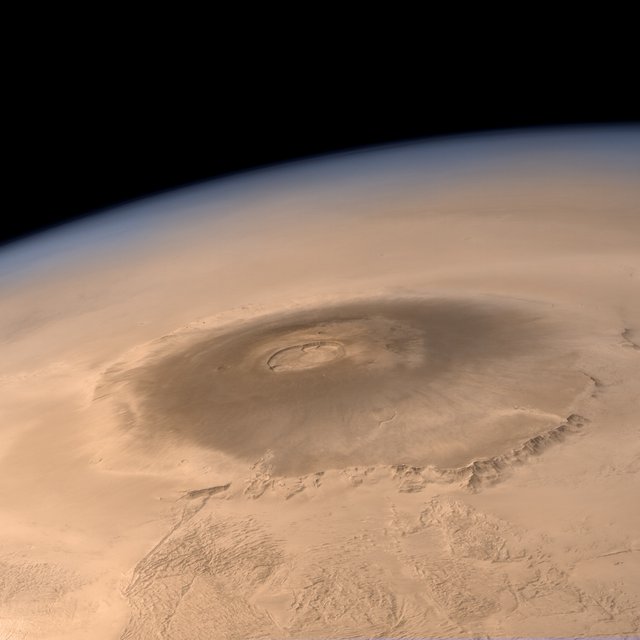
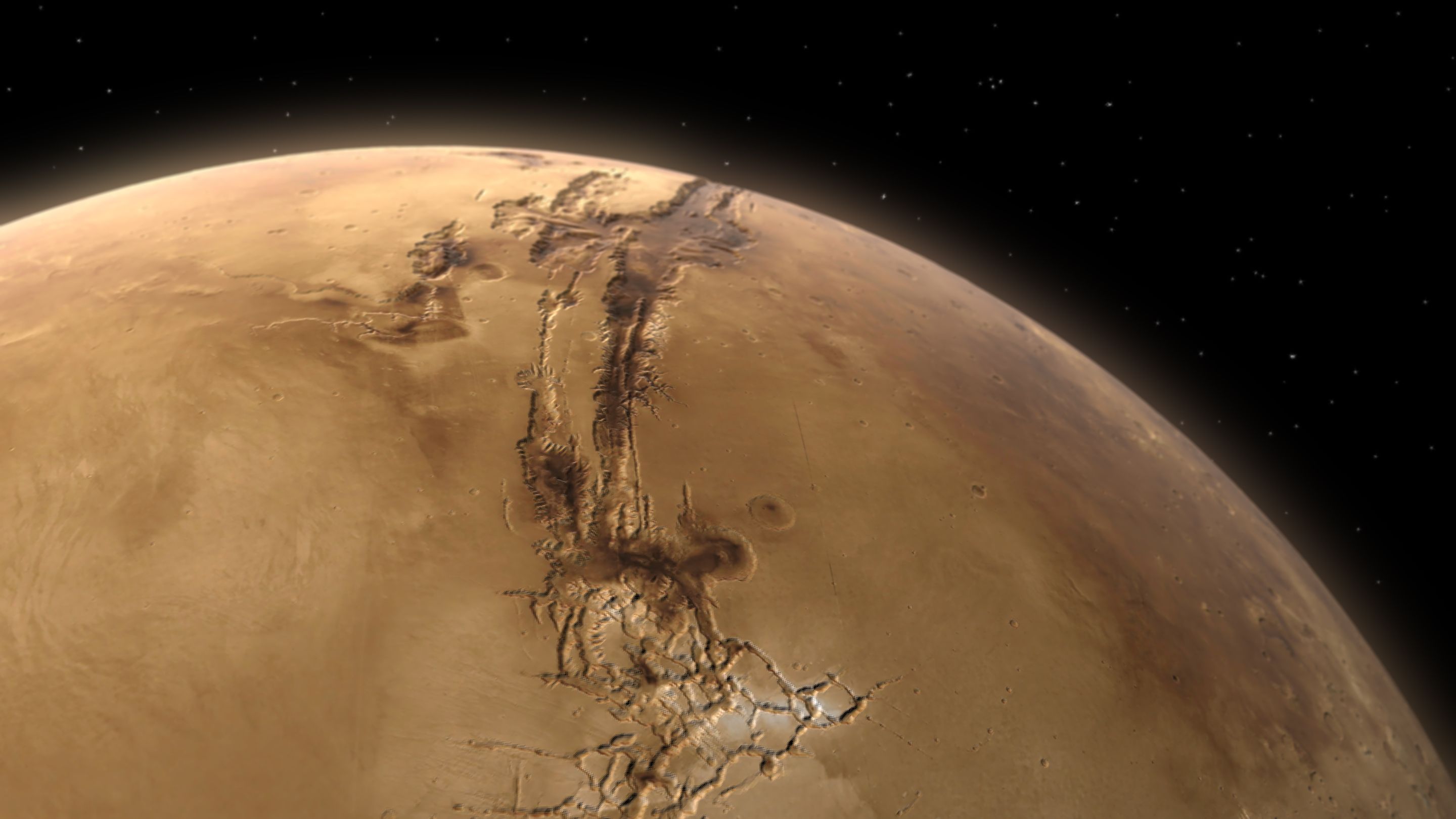.jpg)
Now I know why you told we should migrate to Venus instead of Mars. However it should be clever to go to Mars or something even further 1st to shield us from the supernova of Mercury as what you predict.
My thoughts are the thick atmosphere would provide the most protection of anywhere if such an event occurred. Shrug, I know its all a bit ridiculous, but really I just feel these things all need genuine consideration by the population at large, especially the physics and as a result these supplemental ideas additionally. If it is a real concern, then it would take a large group of people thinking about it to come up with tangible solutions.